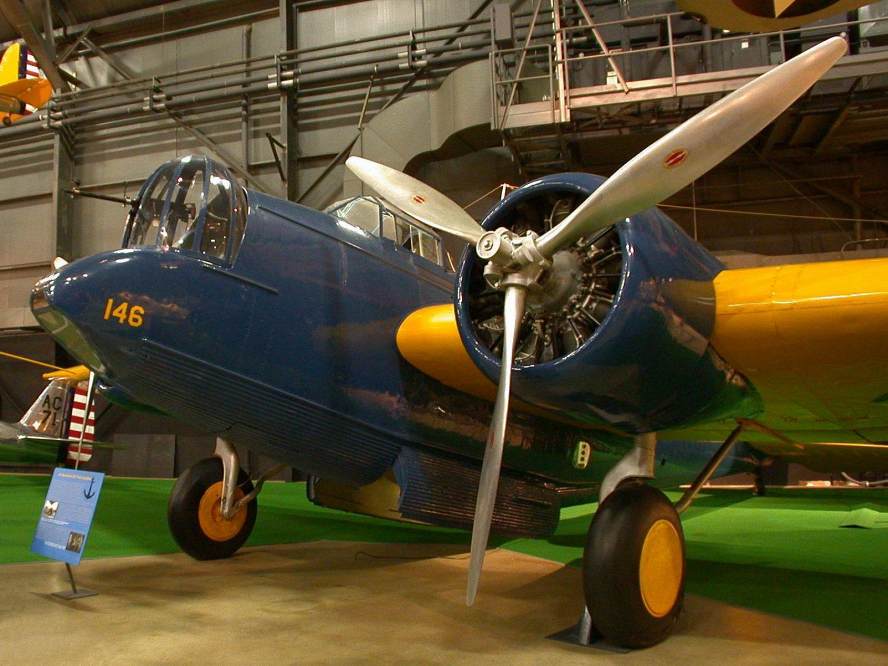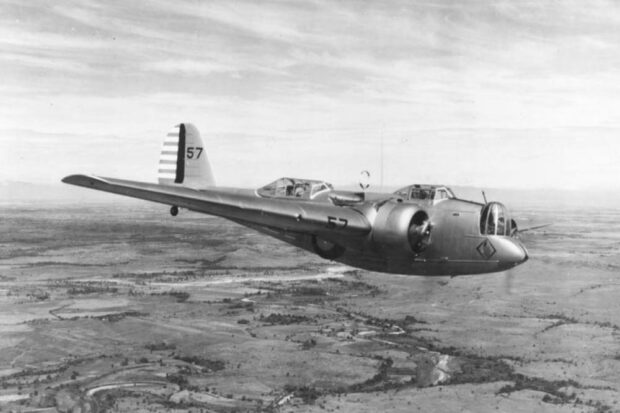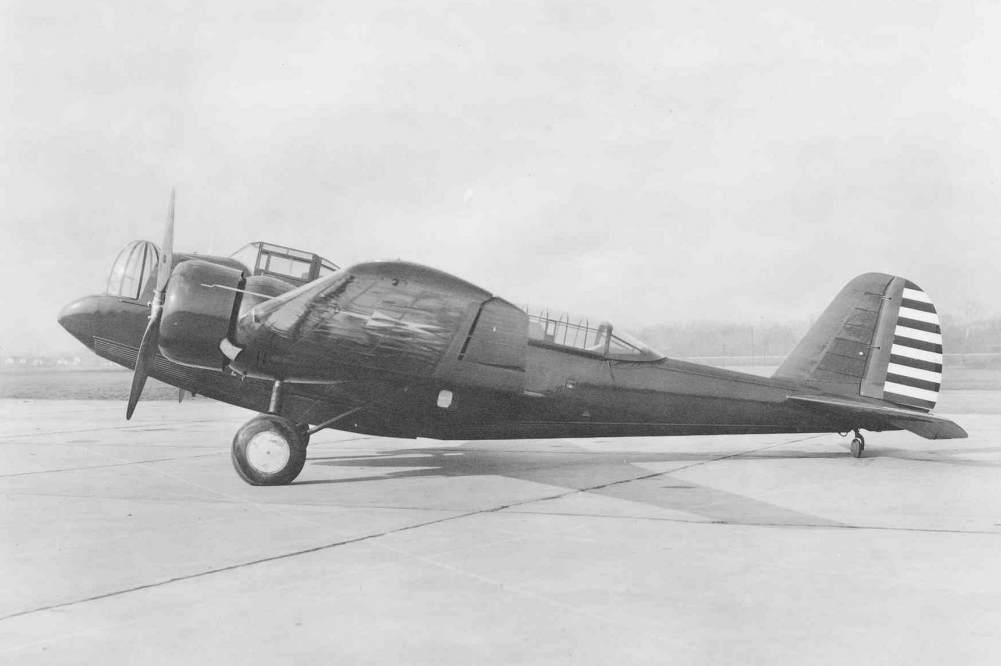In the fall of 1932, the U.S. Army Air Corps was on the hunt for a new bomber, something cutting-edge to keep the looming threat of war at bay. Henry Ford threw his tri-motor aircraft into the ring, taking it for a spin over Wright Field in Ohio. But military bigwigs weren’t quite sold. The tri-motor, born in 1925, felt more like a blast from the past than a leap into the future.
The Air Corps was serious about finding a bomber that could go the distance—fly overseas and make it back in one piece. They opened up the floor for contenders, testing them out at Wright Field. Ford’s tri-motor had its shot, and so did Boeing’s Model 215. But it was the crew from Glenn L. Martin Aircraft Company, cruising in their YB-10 with retractable landing gear, that made the Air Corps sit up and take notice.
As the YB-10 gracefully touched down on the runway, it was the answer to their prayers. It could fly the miles, handle the overseas missions, and bring everyone back home safely. And just like that, with the YB-10, the Air Corps had found what they’d been looking for.
The Martin B-10 was the first all-metal monoplane bomber to be regularly used by the United States Army Air Corps, entering service in June 1934. It was also the first mass-produced bomber whose performance was superior to that of the Army’s pursuit aircraft of the time.
The B-10 served as the airframe for the B-12, B-13, B-14, A-15 and O-45 designations using Pratt & Whitney engines instead of Wright Cyclones. A total of 348 of all versions were built. The largest users were the US, with 166, and the Netherlands, with 121.
Design and development
The B-10 began a revolution in bomber design. Its all-metal monoplane airframe, along with its features of closed cockpits, rotating gun turrets (almost simultaneously with the 1933 British Boulton & Paul Overstrand biplane bomber’s own enclosed nose-turret), retractable landing gear, internal bomb bay, and full engine cowlings, became the standard for bomber designs worldwide for decades. It made all existing bombers completely obsolete. Martin received the 1932 Collier Trophy for designing the XB-10.
The B-10 began as the Martin Model 123, a private venture by the Glenn L. Martin Company of Baltimore, Maryland. It had a crew of four: pilot, copilot, nose gunner and fuselage gunner. As in previous bombers, the four crew compartments were open, but it had a number of design innovations as well.
These innovations included a deep belly for an internal bomb bay and retractable main landing gear. Its 600 hp (447 kW) Wright SR-1820-E Cyclone engines provided sufficient power. The Model 123 first flew on 16 February 1932 and was delivered for testing to the U.S. Army on 20 March as the XB-907. After testing it was sent back to Martin for redesigning and was rebuilt as the XB-10.
The XB-10 delivered to the Army had major differences from the original aircraft. Where the Model 123 had Townend rings, the XB-10 had full NACA cowlings to decrease drag. It also sported a pair of 675 hp (503 kW) Wright R-1820-19 engines, and an 8 feet (2.4 m) increase in the wingspan, along with an enclosed nose turret. When the XB-10 flew during trials in June, it recorded a speed of 197 mph (317 km/h) at 6,000 ft (1,830 m). This was an impressive performance for 1932.

Ex-Argentine model 139WAA at the National Museum of the United States Air Force painted as a USAAC B-10
Following the success of the XB-10, a number of changes were made, including reduction to a three-man crew, addition of canopies for all crew positions, and an upgrade to 675 hp (503 kW) engines. The Army ordered 48 of these on 17 January 1933. The first 14 aircraft were designated YB-10 and delivered to Wright Field, starting in November 1933, and used in the Army Air Corps Mail Operation. The production model of the XB-10, the YB-10 was very similar to its prototype.
Top Photo: Martin B-10B of the 28th Bombardment Squadron, US-Bomber 1935
Sources: YouTube; Wikipedia


